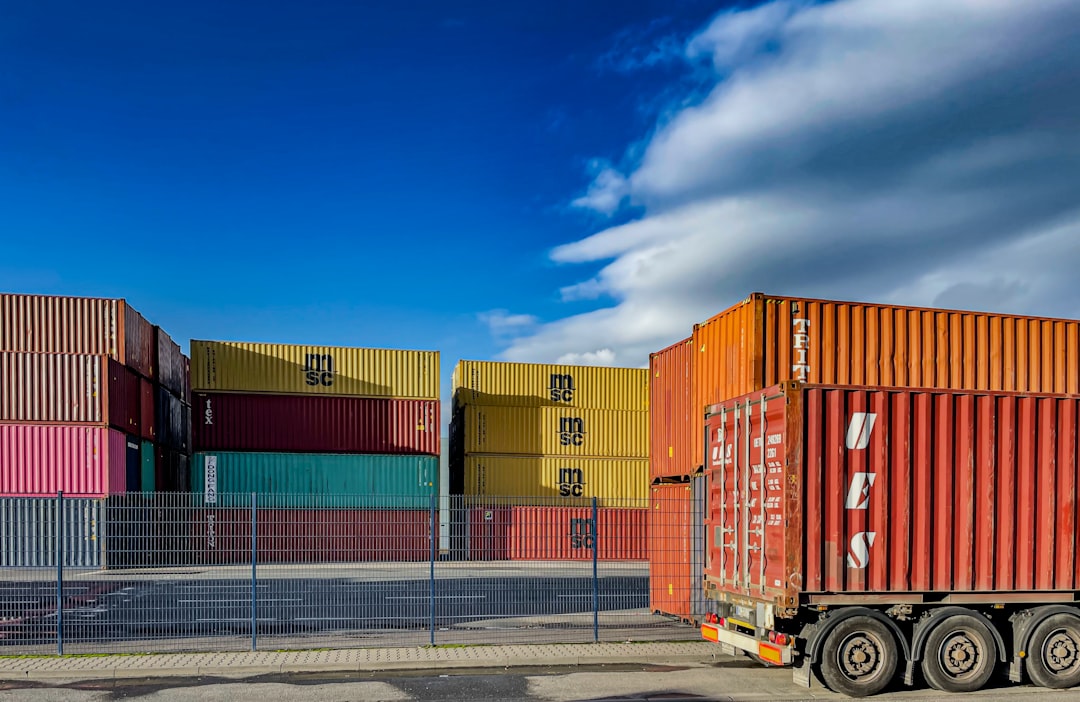Markets Reel from the Sudden Escalation (Image Credits: Unsplash)
The hum of urgency filled the air as President Trump’s latest post lit up screens worldwide, casting a shadow over already tense economic ties.
Markets Reel from the Sudden Escalation
Picture this: global stock markets dipping sharply within hours of a single social media blast. That’s exactly what happened when President Donald Trump announced he’s mulling a “massive” tariff hike on Chinese imports. The dollar took a hit against major currencies like the yen and euro, as investors scrambled to assess the fallout.
Trump’s words weren’t just bluster. He pointed to China’s recent export controls on rare earth minerals as “hostile,” vowing countermeasures that could upend supply chains overnight. For businesses reliant on these critical materials – from tech gadgets to electric vehicles – this spells immediate worry.
Rare Earths: The Hidden Spark in the Powder Keg
China dominates about 80% of the world’s rare earth production, making it a powerhouse in everything from smartphones to defense tech. Trump’s threat stems directly from Beijing’s tightened grip on these exports, which he sees as a direct challenge to U.S. interests. It’s not the first time these minerals have fueled friction, but this feels like a tipping point.
These elements aren’t just rocks; they’re the backbone of modern innovation. Without steady access, U.S. manufacturers could face shortages, driving up costs and slowing progress in green energy and beyond. Trump’s response? He’s signaling tariffs as a way to push back hard.
From Social Media to Real-World Ripples
Trump dropped the bombshell on Truth Social, a platform that’s become his go-to for unfiltered policy hints. He didn’t hold back, declaring no point in an upcoming meeting with President Xi Jinping. That alone amplified the uncertainty, as diplomats on both sides now brace for what’s next.
Traders reacted fast, with Asian markets opening lower and Wall Street bracing for volatility. It’s a reminder of how one leader’s tweet can sway billions in economic value, turning abstract trade talks into tangible headaches for everyday consumers.
Potential Countermeasures on the Table
Trump isn’t stopping at tariffs. He’s eyeing a range of options to counter what he calls China’s aggressive moves. Here’s a quick rundown of what could be in play:
- Higher import duties on a broad swath of Chinese goods, potentially exceeding current levels.
- Restrictions on U.S. tech exports to China, hitting their manufacturing edge.
- Boosting domestic mining incentives to reduce reliance on foreign rare earths.
- Diplomatic pressure through alliances, like rallying Europe and Japan.
- Targeted sanctions on key Chinese firms involved in the minerals trade.
Each step could escalate things further, but Trump frames it as protecting American jobs and security. Still, experts warn it might boomerang, raising prices at home.
China’s Likely Playbook in Response
Beijing won’t sit idle. Past trade spats show they’ll hit back with their own tariffs, perhaps on U.S. agriculture or aircraft. Rare earth controls could tighten even more, squeezing global supplies and forcing companies to scramble for alternatives.
Yet, China faces its own pressures – slowing growth and the need for stable exports. A full-blown war of tariffs might hurt them too, pushing leaders toward quiet negotiations behind closed doors. For now, state media is downplaying the threat, calling it U.S. overreach.
Longer-Term Shifts in Global Supply Chains
This flare-up accelerates a trend that’s been building: companies diversifying away from China. Think Vietnam and Mexico ramping up as manufacturing hubs. But it’s messy – relocating takes years and billions, leaving gaps that inflate costs across the board.
For the U.S., it could mean short-term pain but long-term gains in self-reliance. Households might see higher prices on electronics and cars, though. The real wildcard? How this affects inflation and growth in an already shaky 2025 economy.
Key Takeaways
- Trump’s tariff threat ties directly to China’s rare earth export curbs, aiming to protect U.S. tech and defense sectors.
- Markets are volatile, with immediate drops signaling broader economic jitters.
- Both sides risk escalation, but diversification efforts could reshape trade for years to come.
In the end, this latest clash underscores how fragile global trade remains – one bold move, and the dominoes start falling. It might force tougher talks or deeper divides, but either way, we’re all along for the ride. What do you think – will tariffs bring leverage or just more chaos? Share in the comments below.






![BREAKING: Rob Reiner & Wife Were Killed by Their Son Who Battled Drug Addiction [Reports]](https://everyday-states.com/wp-content/uploads/2025/12/1765818844773_rob_reiner.0842.jpeg)